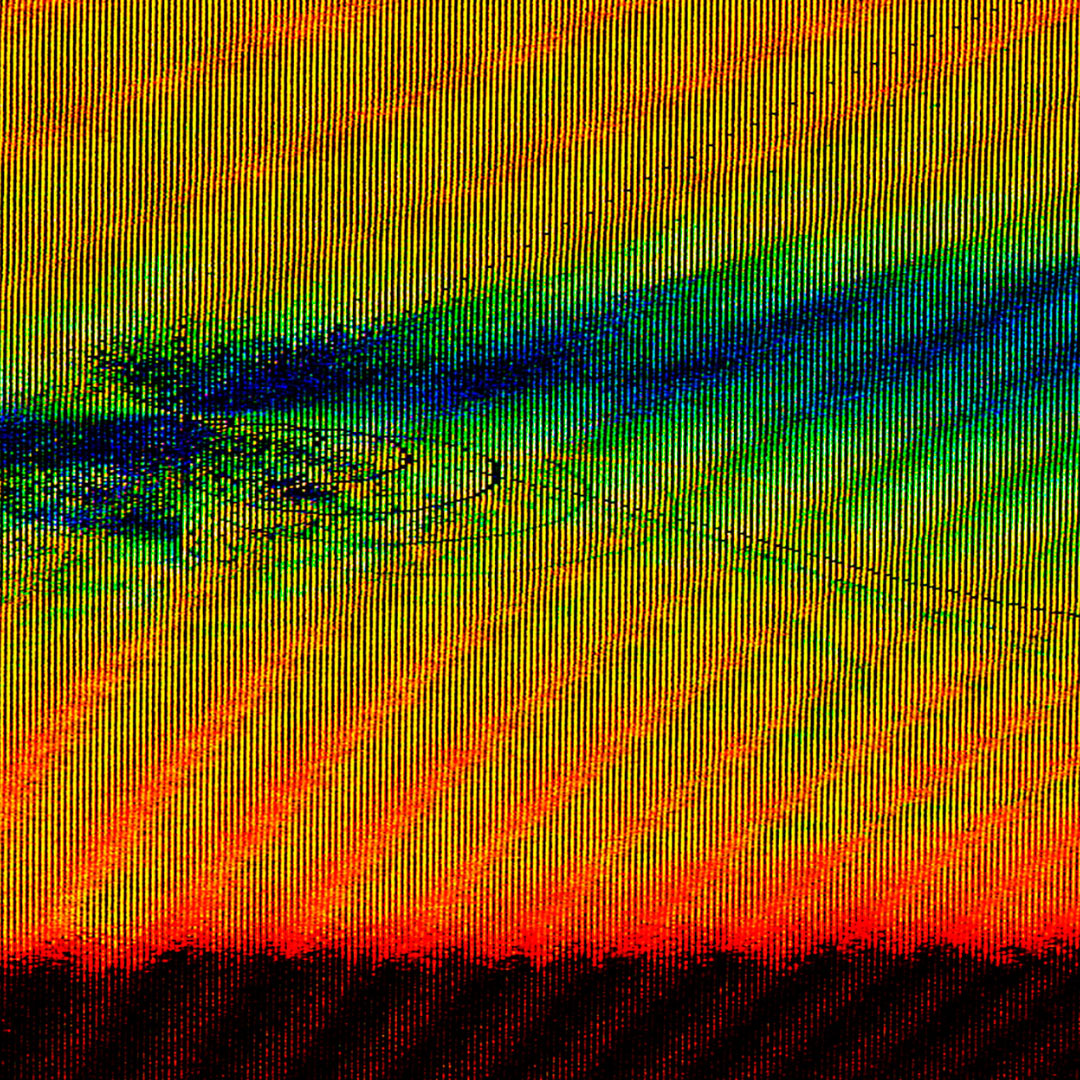Conclusion:
Red light therapy isn’t just skin-deep — it’s brain-deep. With its growing reputation for improving energy, focus, and emotional balance, red light therapy may become a cornerstone in future mental health protocols. While research is ongoing, current findings are incredibly promising. If you struggle with anxiety, seasonal depression, sleep issues, or brain fog, RLT might be a safe and effective addition to your wellness routine.
How Does Red Light Therapy Affect the Brain?
Red light therapy works by exposing your body — including the head or forehead — to specific wavelengths of red (620–660nm) or near-infrared (800–850nm) light. These wavelengths penetrate the skin and stimulate the mitochondria in cells to produce more ATP (adenosine triphosphate), the body’s cellular energy currency.
In terms of mental health, here’s what happens when light reaches your brain tissue:
-
Increased blood flow to brain regions linked with mood regulation
-
Enhanced mitochondrial function in neurons (brain cells)
-
Reduction in oxidative stress and inflammation, both of which are linked to depression and cognitive decline
-
Stimulation of BDNF (brain-derived neurotrophic factor), a protein that supports the growth and survival of neurons





